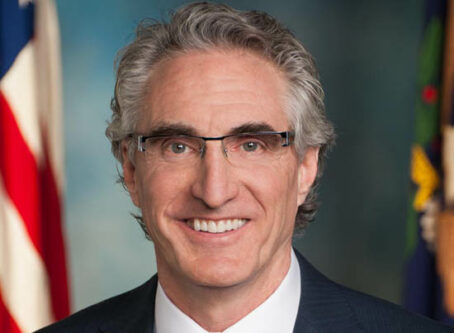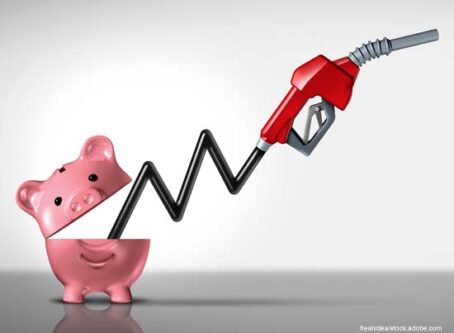Nine states implement fuel rate changes on July 1
The first of July marks changes in fuel tax collections in nine states.
South Carolina is increasing the state’s 18.75-cent diesel and gas rates by 2 cents. The change to 20.75 cents follows a 2017 state law to impose increases of 2 cents annually through 2022. At that time, the tax rate will top out at 28.75 cents.
The state Department of Transportation expects to collect about $230 million in the upcoming year. When fully implemented, the tax is estimated to raise more than $600 million annually.
In Tennessee, the state’s 25.4-cent gas rate and 22.4-cent diesel rate are being raised for the second time in as many years. The gas tax is up 1 cent from a year ago to 26.4 cents per gallon and the diesel tax is up three cents to 25.4 cents.
The tax increases are part of a three-year annual tax increase approved by state lawmakers one year ago. When fully in effect next July, the gas tax will reach 27.4 cents and the diesel rate will be 28.4 cents.
The tax increases are expected to raise an additional $250 million per year.
Tax rate increases have also been implemented in Oklahoma. The state’s 17-cents-per-gallon gas tax and the 14-cent diesel rate have remained unchanged since 1987.
A 2018 law has increased the state tax rate for gas and diesel by 3 cents and 6 cents, respectively. Both tax rates now are set at 20 cents.
The state of Indiana’s fuel tax rates also are on the rise. A 2017 state law increased the gas and diesel rates by 10 cents to 28 cents. Tax rates were also indexed on an annual basis through 2024. Annual adjustments are capped at one penny.
As a result, this year’s increase for gas and diesel is 1 cent to 29 cents per gallon. Because the tax rates also are linked to fuel prices, another 0.8-cent increase for gas brings the tax rate to 29.8 cents. The diesel rate tops out at 29.42 cents due to the fuel price link.
Maryland’s fuel tax rates will be raised by 1.5 cents due to a five-year-old inflation indexing law. The gas tax will be set at 35.3 cents while the diesel rate will become 36.05 cents.
Vermont motorists also are paying more in gas taxes. The state’s tax rate is up 0.42 cents to 31.14 cents because of a rule linking the tax to the price of gas and an increase in gas prices.
The state’s 32-cent diesel rate is unchanged.
Similarly in Iowa, the 32.5-cent diesel rate will remain the same for the fifth straight year. The gas tax, however, is headed up by 0.2 cents to 30.7 cents.
The rates are based on a fuel distribution percentage formula.
Across the state line, Nebraska is trimming its 28.4-cent gas rate and 27.8-cent diesel rate by 0.4 cents per gallon each. The changes to 28 cents and 27.4 cents are due to a law linking the state rates to the price of fuel.
The state tax is made up of three components: the variable tax, fixed tax and wholesale tax. The variable and wholesale rates are adjusted twice annually. A separate petroleum release remedial action fee is not included in the state tax rates.
The fractional dip in the state’s tax rates is a result of continued low fuel prices and a six-month adjustment in the wholesale tax rate.
This week’s change follows an increase of 1.5 cents on Jan. 1. An additional increase of 1.5 cents is set for next January. At that time, the third of three annual increases will take effect.
Connecticut’s diesel tax rate is headed up. The state’s 41.7-cent rate has increased by 2.2 cents to 43.9 cents per gallon.









